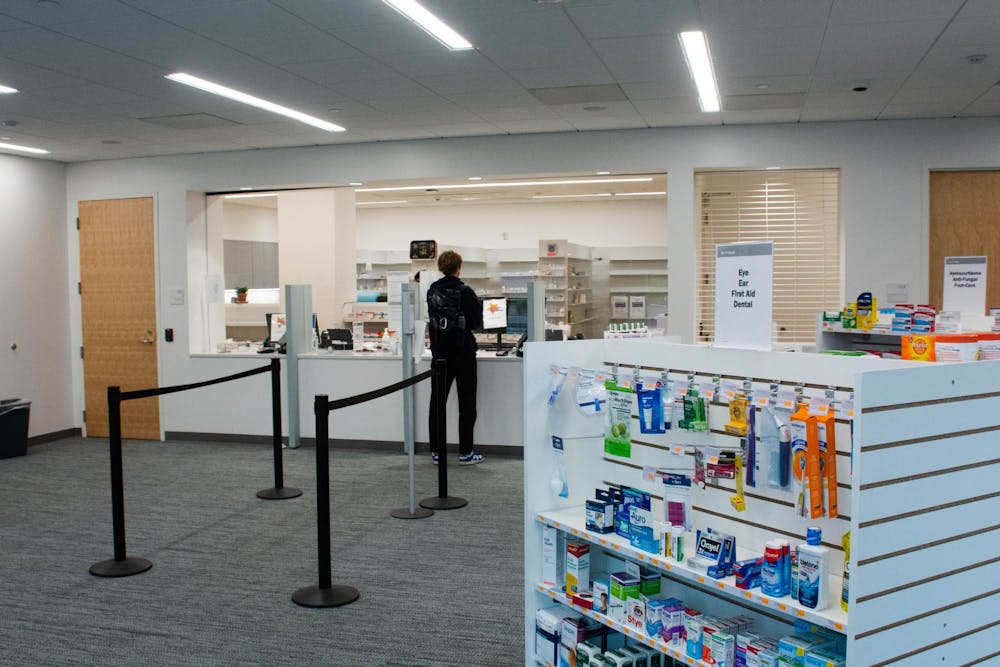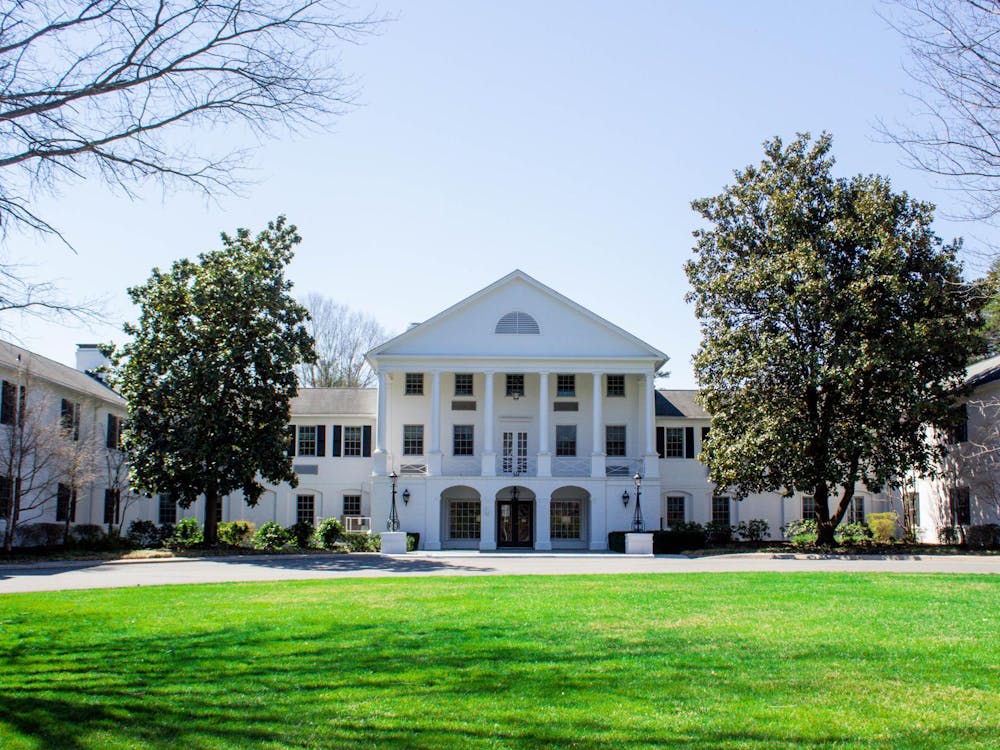It is no secret that accessing healthcare is often challenging for University students. From long wait times for appointments to expensive lab tests, the obstacles to care seem endless, especially when you are sick. And while the University has made some improvements in these areas, there is one aspect of student healthcare that stands out to me as relatively unaddressed — access to medication.
Recently, I found myself in a position where I could not access the medication I needed. After having to wait over a week for the soonest available appointment with my doctor at Student Health and Wellness, I was finally diagnosed and given a prescription. I was excited to be on the right track to feeling better, so I went to the pharmacy on the first floor of the Student Health and Wellness buliding to pick up my medication. At the counter, I was told it would be a while before my medication was ready and that I should come back in a few hours. Unfortunately, I could not make it back before the pharmacy closed at 5 p.m. As it was Friday, I had to wait until Monday to pick up my prescription. When I showed up on Monday morning, I was informed that I needed to wait at least another 30 minutes, which I could not do because I had to get to class. Then I came back around noon, but there was a long line that I did not have time to wait in. It was not until late afternoon that I got my prescription. Sadly, this is not the only time I have struggled to get medication from the Student Health pharmacy when I needed it.
While it seems convenient that Student Health has a pharmacy on the floor below Medical Services, the reality is that it does not always work as intended. It is a nice idea that students can go to appointments and get their prescriptions in the same place, but if they have to wait multiple hours, then there is little point in the pharmacy being in the same location as the appointment. Also, most first-year and off-Grounds housing is far from the Student Health and Wellness Building, so if a first year just needs to pick up a prescription refill, they have to go out of their way and still might have to wait or come back later.
The obvious solution appears to be using a different pharmacy. However, there are few alternative pharmacies and most of them are worse. A popular backup option is the CVS on the Corner, but they have long wait times and limited hours. Since coming to the University last year, I have seen the Corner CVS go through many changes in pharmacy hours, making it an unreliable option. There are also several other, more reliable CVS pharmacies in Charlottesville, but getting to them can be a challenge. For example, the next closest is the CVS on Emmet Street by the Barracks Road Shopping Center. If a student does not have a car, they have to use the bus system, which does not go directly to the CVS. The student will have to walk all the way down the shopping center and then cross a major road, which can be a lot to do when you are not feeling well.
A major issue of both the SHW pharmacy and CVS locations in the Charlottesville area is that they do not seem to be designed with student schedules in mind. The hours of 8 a.m. to 5 p.m. at Student Health are peak class hours, but students should not have to skip class to pick up a prescription. Also, the pharmacy is not open on the weekends, which for many students is the most convenient time to pick a prescription up. The 9 a.m. to 8 p.m. hours at CVS do tend to be better for students, but the locations can also be farther and take away from the time students need to do assignments. As CVS is intended to be used by all Charlottesville residents, it makes sense that they are not designed specifically for students. It is up to the Student Health pharmacy to begin to customize itself towards the unique needs of students who they are supposed to help. Of course, these changes need to be made with the well-being of the hardworking pharmacy employees in mind. A compromise of later hours instead of more may be a solution.
Other schools have already started to create innovative solutions for students to access medication. For example, the pharmacy at Yale has Saturday hours and Harvard has an automated pharmacy kiosk available 24/7 to provide students with over-the-counter medications at reduced prices for if a student cannot access a prescribed medication right away. Both of these examples show innovative ideas to fixing the pharmacy issue for students and reflect how the University may be behind the curve with helping students access medication.
Leaders of the University need to start investigating how pharmacies can be made more accessible to students. Whether this is hiring more pharmacists at Student Health to decrease waiting time, adding more hours, providing a ride service to off-Grounds pharmacies or adding a new pharmacy into construction plans of Main Library or the Contemplative Sciences Center, there needs to be something done to help students. Minimal and delayed access to prescriptions has potential to impact student health. The University needs to take action to ensure that students do not suffer longer than necessary.
Mikayla Havison is a Viewpoint Writer who writes about University Life for The Cavalier Daily. She can be reached at opinion@cavalierdaily.com.
The opinions expressed in this column are not necessarily those of The Cavalier Daily. Columns represent the views of the authors alone.







